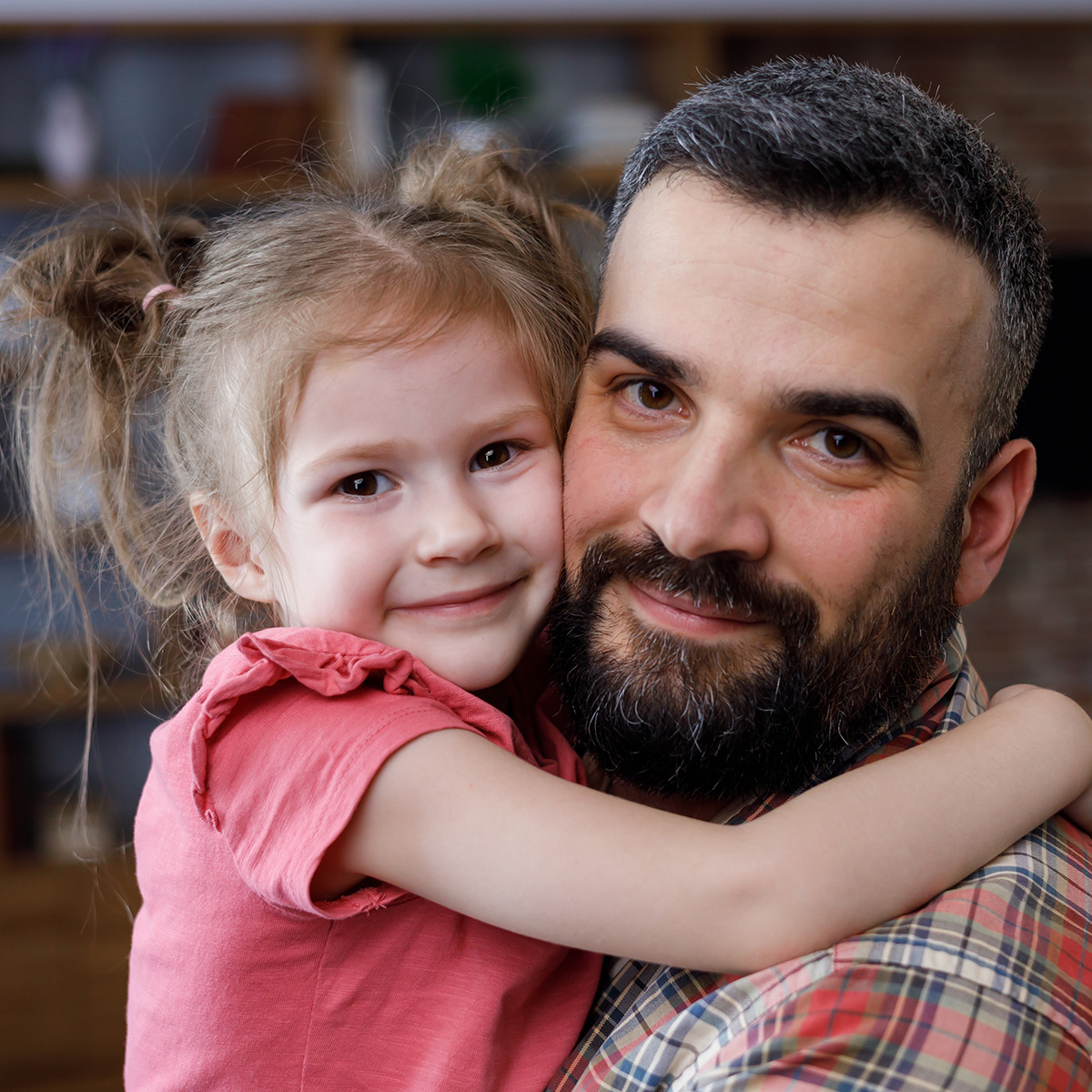Treating dehydration in children

Everyone loses some fluid though sweat, urine, tears and stool. Sometimes, however, children lose large amounts of water through long periods of exercise, fever, vomiting or diarrhea. Some illnesses may even prevent water intake, further complicating issues and promoting dangerous consequences. To ensure that your child remains , learn how to identify dehydration in children before it becomes severe.
Know the Signs
Contrary to popular belief, thirst is not the first sign of dehydration. In fact, by the time your child complains of thirst, he or she may already be dehydrated. To spot dehydration before it becomes severe, look for the following signs:
- Sticky or dry mouth
- Few tears when crying
- Eyes that appear sunken
- Sunken fontanelle (soft spot) on baby's head
- Dark urine or a lack of urine in diapers
- Lack of urine for 12 hours in small child
- Cool, dry skin
- Irritability or lethargy
- Dizziness or fatigue in older children
Prevention
It's important to encourage children to drink plenty of fluids, especially when they're sick or exercising. If a child is suffering from a fever, vomiting or diarrhea, use an oral rehydration solution (ORS) available at most pharmacies and grocery stores. If your child is suffering from vomiting and nausea related to an illness such as gastroenteritis, encourage him or her to consume a spoonful of fluid every five to ten minutes.
Many times, children forget to drink water when playing or exercising. This can be especially problematic in hot temperatures, which can promote unexpected heat stroke. If your child is participating in outdoor play or athletics, encourage him or her to take hydration breaks even if the child doesn't feel especially thirsty.





